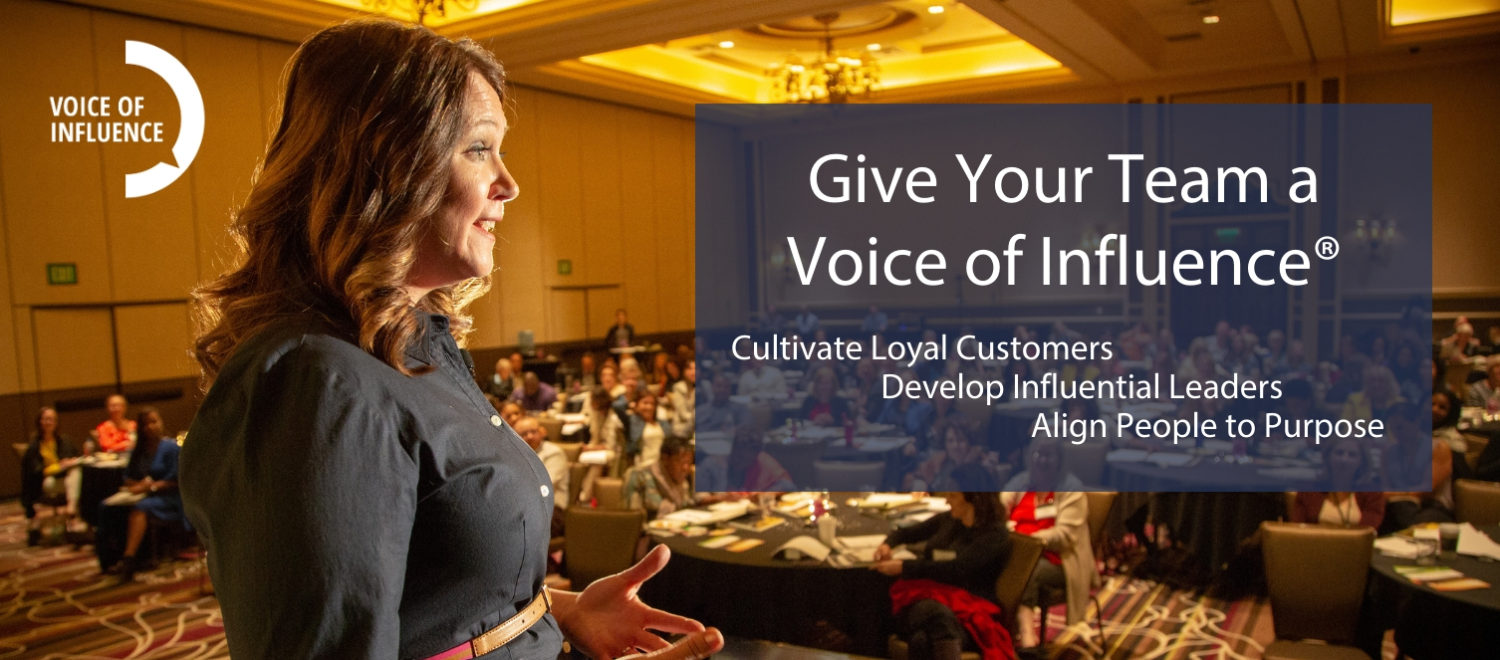Last weekend I had one of my favorite dates ever – with our 5 ½ year old son, Grant. After a quick trip to Burger King to devour his cheeseburger and strawberry-banana smoothie, we headed home to watch Planes Fire & Rescue. I brought three baskets of laundry out to the living room but when the he invited me to sit next to him, I decided not to multi-task the little guy.
He snuggled into my arm for a while until the heat from the fire got to him. Not long after that the intensity of the movie heightened and the date became epic.
Oh my! What’s going to happen?! This is kind of scary!
Grant gently put his arm around my back and began to pat my shoulder. In an upbeat voice he said, “It’s OK mom. It will be OK. I’ve seen it before and it will be OK.” 
I melted into my son. He held my heart in his sweet hands and we connected deeply. At the tender age of five, the kid saw me in my distress and reached out to comfort me the same way I often comfort him. He knows instinctively what most of us push away by the time we are adults: tender touch and acknowledgement of distress is comforting, lessoning our experience of pain.
I’m not sure when it is that people begin to resist giving and receiving physical expressions of comfort. At some point it seems we get the message we need to be tough, not letting physical or emotional pain get to us. Shake it off. Deny it’s presence. Use distraction to keep from feeling it. Stay away and I won’t cry.
I suppose each of these strategies has its merits. The fact is that neuroscience is making interesting breakthroughs in understanding pain as a perception translated in the brain. Both physical and emotional pain are processed similarly and thus intimately tied. I hate to admit it, but the more I learn about it, the more I realize that pain is indeed all in my head.
But one fascinating aspect of physical and emotional distress is that their relief is also intimately tied. When I comfort Grant by kissing his wounds, he literally feels better! When I deny him my attention, his experience of physical pain is apparently worse. It is a lot easier to see this in a child. Young children still want to be comforted by a person.
The same is true of me. When I feel emotional or physical pain, my initial reaction is to physically or verbally throw my hand up. 
Stay away! I don’t want you to touch me!
Why? Because I don’t want to cry in your presence. If you offer comfort and I am actually comforted by you, you hold my heart in your hands – and I’m not sure I can trust you with my heart, so I’ll just scare you or push you away.
Is it possible to be deeply connected to another person if we refuse their comfort?
Here are a couple of things I’ve learned from our kids and my own experience needing comfort:
- The gruffest reaction comes from the most tender heart. See tears under the refusal of comfort and under the anger.
- Ease your way in. When I am overwhelmed and throwing a grown-up tantrum, I need some perspective. But I won’t be ready to receive that perspective until you reach out. I often rub lotion on the back of a child throwing a tantrum. It is a physical reminder that we are not fundamentally and irreversibly screwed up in each other’s eyes.
- It is easiest to receive comfort from someone who isn’t afraid of being comforted themselves. If you aren’t comforted in your own pain, you won’t be able to truly comfort someone else.
I hope Grant continues to use the movie move – to comfort others with the same kind of comfort he receives.
Like Andrea Joy Wenburg on Facebook for additional information about pain perception and sensitivity.

One thought on “What The “Movie Move” Means To A 5 Year Old”
Comments are closed.